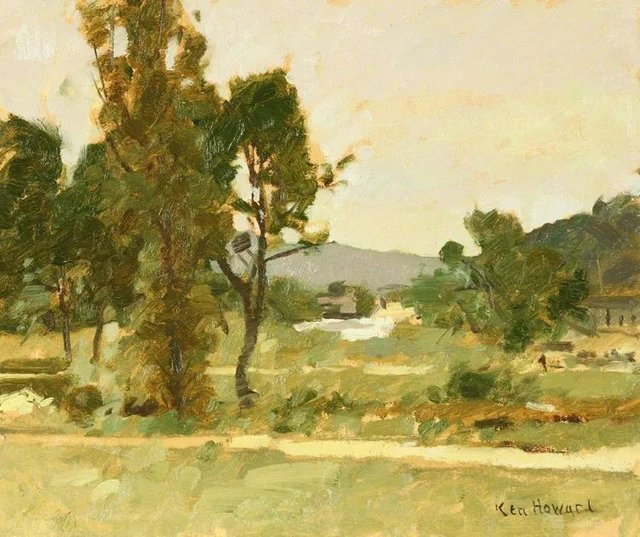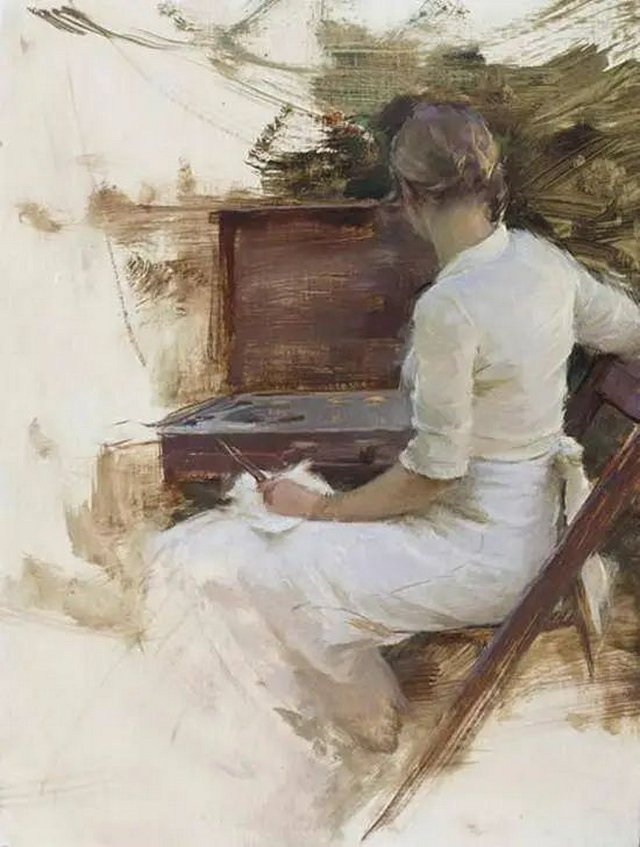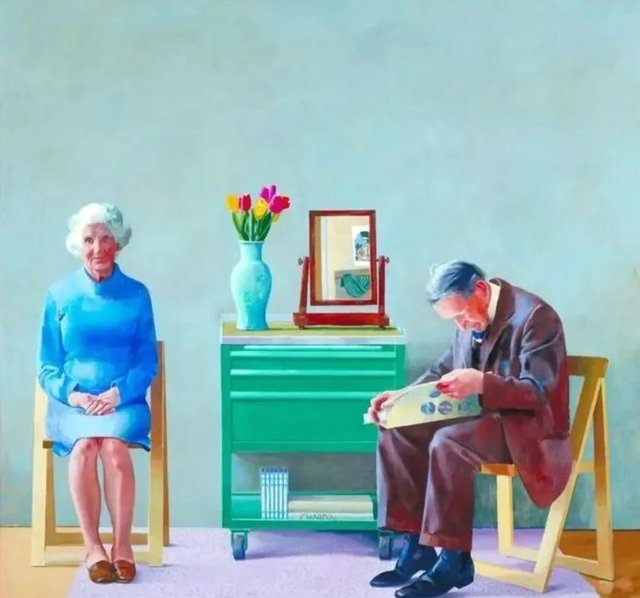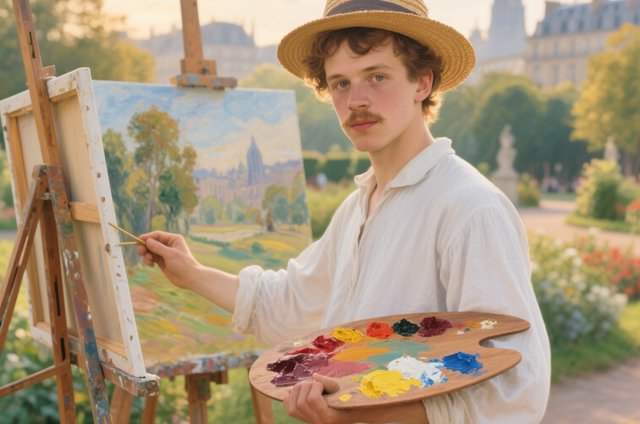Paul Cézanne: The "Father of Modern Art" Who Redefined Oil Painting – His Life & Legacy
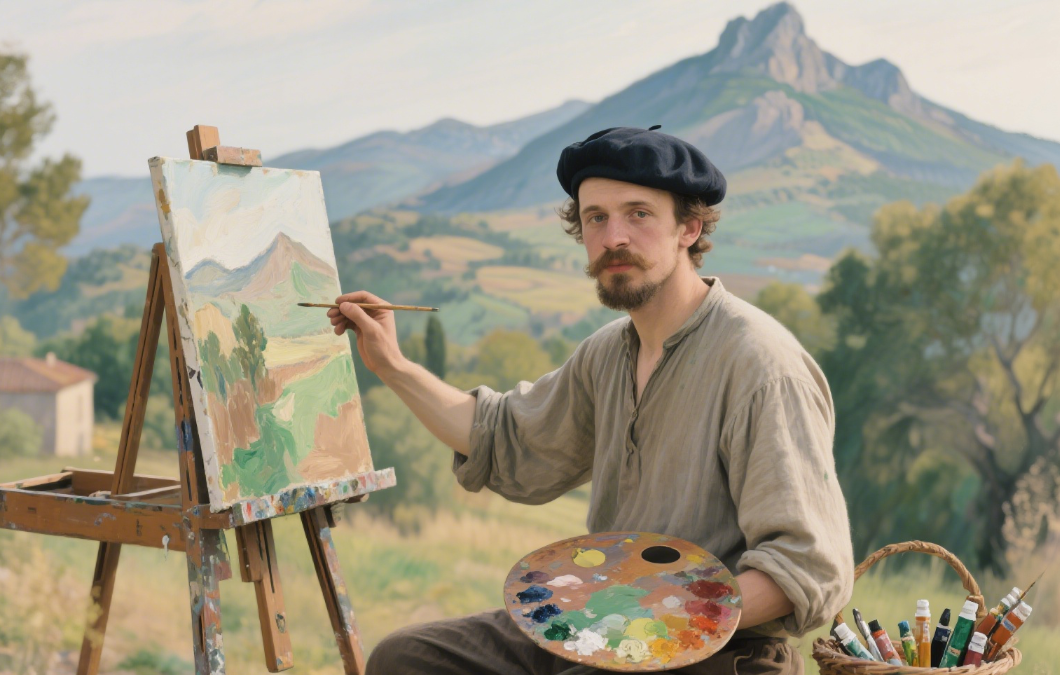
Paul Cézanne is often called the “Father of Modern Art”—and for good reason. Born in 1839 in Aix-en-Provence, France, this post-impressionist painter didn’t just create art; he broke the rules of how oil paint could represent form, color, and space. His work laid the groundwork for cubism, fauvism, and even abstract art, making him one of the most influential figures in 油画 (Oil painting) history.
Early Life: From Rejection to Artistic Awakening
Cézanne’s path to art wasn’t smooth. His father, a wealthy banker, wanted him to study law, so Cézanne enrolled in law school in Aix-en-Provence in 1858. But his heart was in painting—he’d sneak off to draw and paint whenever he could. By 1861, he dropped out of law school and moved to Paris to pursue art full-time.
In Paris, Cézanne faced rejection repeatedly. The official art academy, the Salon, rejected nearly all his works in the 1860s and 1870s. Critics called his style “clumsy” and “unfinished,” as he favored thick brushstrokes and bold colors over the smooth, realistic style the Salon preferred. But he didn’t give up—he found support in fellow Artists like Camille Pissarro, who taught him to paint outdoors (en plein air) and focus on light and color.
Artistic Evolution: Inventing “Painting with Color”
Cézanne’s biggest innovation? He rejected the idea that oil painting should mimic how the eye sees—instead, he painted how the mind understands form. He believed shapes (circles, squares, cones) were the building blocks of all objects, and he used color to create depth, not just light and shadow.
For example, in his still lifes, he didn’t blend colors to make smooth transitions. Instead, he layered small, overlapping patches of color (like reds for apples, blues for shadows) to make objects feel solid. This technique, called “constructive brushwork,” made his paintings look both abstract and lifelike. By the 1880s, he’d also started painting landscapes like Mont Sainte-Victoire—a mountain near his hometown—using this method to show how the land, sky, and trees fit together as a single, structured whole.
Iconic Works: Cézanne’s oil painting masterpieces
Cézanne’s works are celebrated for their bold structure and color. Below is a breakdown of three key oil paintings that define his legacy:
| Work | Year | Key Oil Painting Technique | Why It Changed Art |
|---|---|---|---|
| Apples and Oranges | 1899–1906 | Layered color patches, geometric shapes | Proved still lifes could be dynamic, not just static—showing how color builds form. |
| Mont Sainte-Victoire | 1902–1906 | Constructive brushwork, muted palettes | Redefined landscape painting by focusing on structure over realism. |
| The Card Players | 1890–1895 | Simplified forms, warm earth tones | Used large, blocky shapes to make ordinary people feel monumental—influencing cubists like Picasso. |
Each of these works shows Cézanne’s core belief: oil painting is a language of shapes and colors, not just a copy of the world. He once said, “I want to make of Impressionism something solid and lasting, like the art of the museums”—and he succeeded.
Practical Tips: Paint Like Cézanne Today
Cézanne’s techniques are still used by modern artists. Here’s how to apply his ideas to your oil paintings:
Start with geometric shapes: Before painting, sketch the main objects as basic shapes (e.g., a bowl as a circle, a apple as a sphere). This helps you build structure, just like Cézanne did. For a still life, draw light lines to map where each shape fits—don’t worry about details yet.
Use “color blocks” instead of blending: Load your brush with a single color (no mixing on the palette!) and paint small, square patches. For an apple, use bright red patches for the top, softer orange for the middle, and dark red for shadows. Let the colors overlap slightly—your eye will blend them, creating depth.
Simplify details: Cézanne didn’t paint every leaf or spot on a fruit. Focus on the big picture. If you’re painting a landscape, skip small flowers—instead, use green and yellow patches to show grass, and blue patches for the sky. This keeps your work focused on structure, not clutter.
Later Life: Isolation and Posthumous Fame
In his later years, Cézanne withdrew to Aix-en-Provence, painting mostly landscapes and still lifes in quiet isolation. He was still largely unknown to the public—only a small group of artists and collectors appreciated his work. In 1906, while painting outdoors during a rainstorm, he caught pneumonia and died at 67.
It wasn’t until after his death that Cézanne’s impact was felt. Artists like Pablo Picasso and Henri Matisse studied his work closely. Picasso called Cézanne “the father of us all,” saying his geometric shapes inspired cubism. By the 1920s, Cézanne’s paintings were selling for millions, and he was recognized as one of the greatest artists of all time.
Legacy: Why Cézanne Still Matters
Cézanne’s legacy is simple: he freed oil painting from the need to be “realistic.” He showed that art could be both abstract and meaningful, and that color and shape could tell a story on their own. Today, his works hang in museums worldwide, and his ideas still influence artists—from abstract painters to digital artists.
For anyone who paints with oil, Cézanne’s lesson is clear: don’t just copy what you see. Paint what you know—the structure, the color, the heart of the object. As Cézanne once said, “Color is the place where our brain and the universe meet.” And in his oil paintings, that meeting is nothing short of revolutionary.

